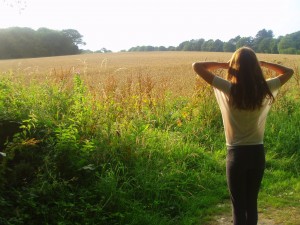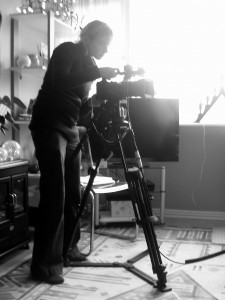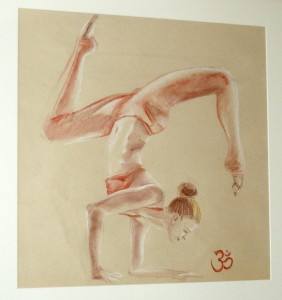 About 1 person in 3 in the UK lives with a long-term condition. From asthma to diabetes, Crohn’s to bi-polar, an increasing number of us are having to face life radically altered by the limitations our failing bodies throw at us.
About 1 person in 3 in the UK lives with a long-term condition. From asthma to diabetes, Crohn’s to bi-polar, an increasing number of us are having to face life radically altered by the limitations our failing bodies throw at us.
Whilst some of these long-term conditions bring with them very obvious visible signs and so send a message to society that the individual is having a very different life experience to someone who is totally healthy, others remain hidden and known only to those who live with the condition and those who care for them. Are we missing an opportunity to grow as a society by remaining blind to these experiences?
The twentieth century was the century when society became more aware of the needs and rights of people living with disability or a long term condition. Public buildings were redesigned to accommodate wheelchair access, employment law was rewritten to support those who may require adjustment to their working environment, and organisations such as The Alzheimer’s Society were established. This has resulted in a society which is in many ways much more accommodating to the needs of people living with long-term conditions.
But as an increasing percentage of our population is likely to face living with a long-term condition in the future, what does the twenty-first century promise us? What other possibilities are opened up for society to evolve in even more ways?
I have recently been reading Cathy Lloyd and Tom Heller’s ‘Long-term Conditions: challenges in health and social care’ (published by Sage in 2011). Partly because I have a chapter in it, partly because it is relevant to my work, partly because I live with a long-term condition myself, and partly because it is quite simply a very good read! In the final chapter Stephen Pattison explores what living with a long-term condition asks of us, and what in turn society can learn from such personal demands. We live, he points out, in a pleasure-hungry competitive society, which marginalizes the experiences, needs and values of people living with long-term conditions. Nonetheless, living with a long-term condition can foster ‘patience, realism, acceptance of limits, gratitude, seeing the possibilities of pleasure and good within strictly confined situations’ (Pattison, 2011. 202). These are values we should surely hold dear as a society as well? Seen from this perspective, people who live with long-term conditions have something very valuable to teach us all.
So next time you hear someone complaining about the ‘burden of disease’ our welfare state has to foot the bill for, think for a moment about what could be learnt to make the world a better place, if, instead of seeing people with long-term conditions as expensive problems, we understand them as people who might have something of ultimate value to say to the rest of society as well. If only we took the time to stop, listen and learn.
Reference: Pattison S (2011) Ethics and Long-term Conditions: a reflective approach. In Lloyd CE and Heller T (Eds.) Long-term Conditions: challenges in health and social care Sage, London. 199-210



 During the election campaign of 2010 David Cameron was pictured astride a Quattro with the slogan
During the election campaign of 2010 David Cameron was pictured astride a Quattro with the slogan 






